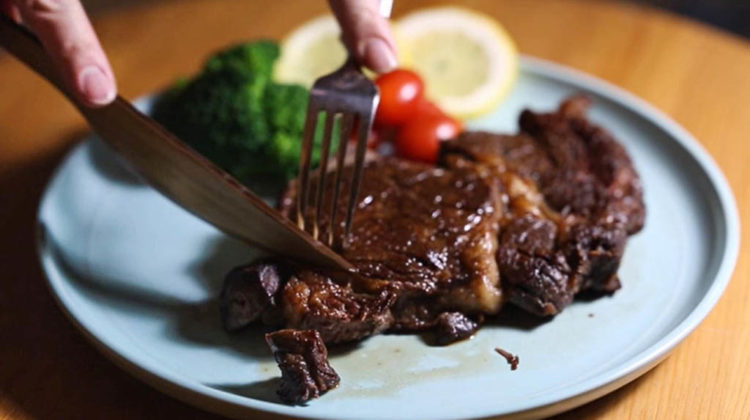
Engineers at the University of Maryland have recently published research into new uses for wood, including making it mouldable and even turning it into a battery.
A team led by materials science and engineering Professor Liangbing Hu used a ‘water-shock’ process to give wood ‘formability’, much like metal, plastic or concrete, thus bypassing the need to cut or carve it into complex shapes. First, they removed the lignin from the wood, which gives it its rigidity, and then dried it. The wood was then ‘shocked’ by reintroducing water to re-swell it, resulting in a material that is easily folded and moulded.
‘The resulting 3D-moulded wood is six times stronger than the starting wood and comparable to widely used lightweight materials such as aluminium alloys,’ said Hu, director of the Center for Materials Innovation.
Another group of researchers at the university has developed a technique that preserves cellulose – wood’s main component, which has a higher strength-to-density ratio than ceramics, metals and plastics – while removing weaker substances such as lignin, which acts as a binder. This leaves wood ‘squishy,’ said mechanical engineering Keystone Professor Teng Li, who led the research. This is remedied using a process that involves subjecting the wood to heat and pressure.
The result is a wooden table knife that’s three times as sharp as a comparable stainless-steel utensil, or wooden nails hat are tough enough that they can be driven through several layers of wood with a hammer.
‘The knife cuts through a medium-well done steak easily, with similar performance to a dinner table knife,’ said Li.
And finally, Hu and his team have found a way to isolate tiny thread-like tubes known as cellulose nanofibrils – an important component of paper – and turn them into ion conductors, paving the way for the development of solid-state batteries that use solid rather than liquid electrolyte solutions, resulting in higher energy density and much greater safety.
Hu’s team soaked the nanofibrils in a copper-alkaline solution and then inserted lithium ions into them by bathing them in an electrolyte. The result is an efficient ion conductor that can easily be scaled up or down to suit energy storage needs, and doesn’t carry the risk of fire or explosion – unlike conventional lithium-ion batteries. Batteries created using the material have the potential to be inexpensive, easy to assemble and eco-friendly.
The research has been published in Science, Cell and Nature.


